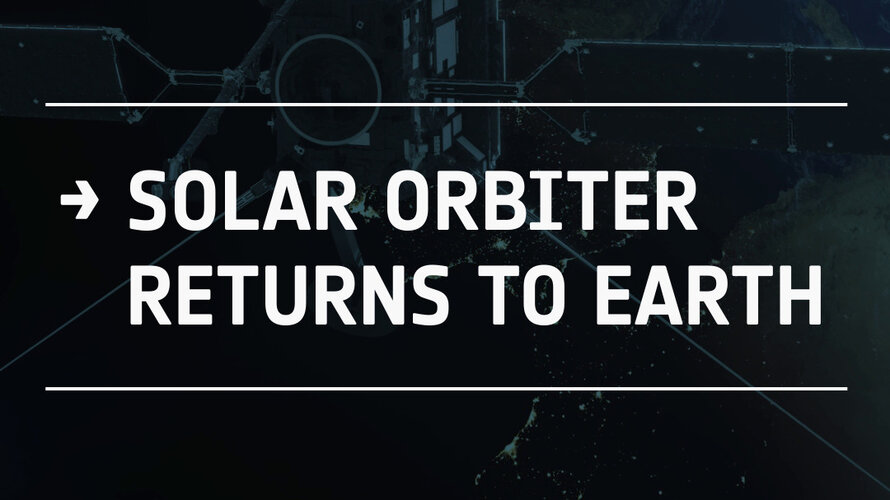Solar Orbiter’s crucial flyby of Earth on 27 November will place the spacecraft onto the correct orbit for its science phase to begin. But the manoeuvre is not without risk. At closest approach, the spacecraft will be around 460 km above our planet. This is in the Low Earth Orbit zone, where the International Space Station and many other spacecraft can be found. It is also home to a lot of space debris, meaning that there is a small risk of a collision between Solar Orbiter and some space junk. To reach this region, Solar Orbiter will also have to fly through another well-used orbital region, called Geostationary orbit, which again is congested with space debris and other satellites. ESA will monitor the situation carefully and change the trajectory of the spacecraft if it needs to. However, the flyby does present a unique opportunity for science. Solar Orbiter can collect data on the Earth’s magnetic field, which can be compared to that from ESA’s Cluster and Swarm missions to give a more detailed, three dimensional description of this highly changeable region around our planet. After the flyby, regular Venus gravity assists will bring the spacecraft higher over the Sun’s never-before-seen poles, providing new details about how activity on the Sun generates space weather.
 Video:
00:01:00
Video:
00:01:00
Solar Orbiter’s crucial flyby of Earth on 27 November will place the spacecraft onto the correct orbit for its science phase to begin. But the manoeuvre is not without risk. At closest approach, the spacecraft will be around 460 km above our planet. This is in the Low Earth Orbit zone, where the International Space Station and many other spacecraft can be found. It is also home to a lot of space debris, meaning that there is a small risk of a collision between Solar Orbiter and some space junk. To reach this region, Solar Orbiter will


